Congratulations!
You have chosen the World’s best selling pet containment system. Our mission is to
ensure your pet’s safety by providing you the tools and techniques to successfully
train your pet. If this is your fi rst pet containment system, there are just a few
important things you need to know:
• Use the system with healthy pets only.
• This system may not be effective for vicious or aggressive pets. If your pet poses a
threat to others, DO NOT USE THE SYSTEM.
• The system is for residential use only.
• You can contain several pets within the Pet Area, but each one must wear a
Receiver Collar.
Setup and Ongoing Operation
Your PetSafe Professional will perform all the setup steps
for you.
1. Bury the Wire at the Boundary you specify.
2. Install the Transmitter in a dry location.
3. Install the batteries in the Receiver Collar and Remote
Transmitter.
4. Set the Correction Level and test the Receiver Collar.
5. Place the Receiver Collar on your pet.
For the system to operate properly, you must fi rst
• Train your pet to the containment system. (See the
training plan enclosed.) After you’ve completed training,
you can begin using the Remote Transmitter portion of
the ProTx
®
-Plus System. (See Training Guide enclosed)
• Regularly check and clean your pet’s neck. If the
Receiver Collar is too tight or your pet wears it too long, it
can cause Pressure Necrosis, a condition where the skin
deteriorates. If a rash or sore forms, remove the Receiver
Collar for a few days. When replacing the Receiver Collar,
make sure the Contact Posts and the pet’s neck are clean.
Consult a veterinarian if needed.
• Every month, check that the Receiver Collar beeps
near the Boundary. If not, check the Troubleshooting
Guide.
• Battery life depends upon how often your pet tests
the Boundary. The SafeLight™ acts as a low battery
indicator, fl ashing every 4 to 5 seconds when replacement
is required.
• Always be careful when using a weed eater or shovel
near the Boundary to prevent damage to the Wire.
ProTx
®
Plus Transmitter
The Transmitter is the control center for the fence.
It plugs into a standard outlet. It is not waterproof
and must be installed in a dry location.
Ask your PetSafe Professional
about our Gentle LiteTouch
Training
™
video and other options.
ProLite
®
Receiver Collar
When your pet reaches the Warning Zone, the Receiver
Collar gives a warning beep. If your pet continues into the
Static Correction Zone, a safe Static Correction will be
delivered through the Contact Posts to get his attention
until he returns to the Pet Area.
Waterproof
Case
SafeLight™—
LED indicator of
low battery and
Correction Level
Battery Door
Contact Posts deliver the Static
Correction—2 sizes, short (for most
pets) and long (for pets with long hair)
Magnet Key Dot—
adjusts the
Correction Level
P
O
W
E
R
L
O
O
P
1
Power
On/Off Light
Receiver Collar
Test Light
Light on: no Wire
problems
Light off: possible
broken Wire
Boundary Loop 1 Light
Test Station—
Place Receiver Collar
Contact Posts Here
PROGRAM
+
Remote Transmitter
Transmitter Indicator Light
Stimulation and Tone Button
Tone Only Button
Programming Button
Correction
Level
Magnet
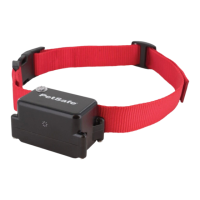
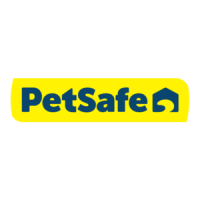
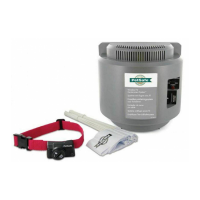
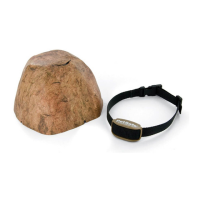
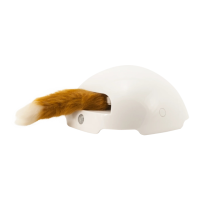
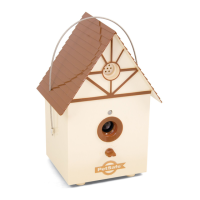
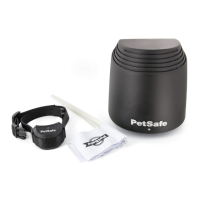

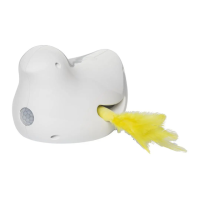



